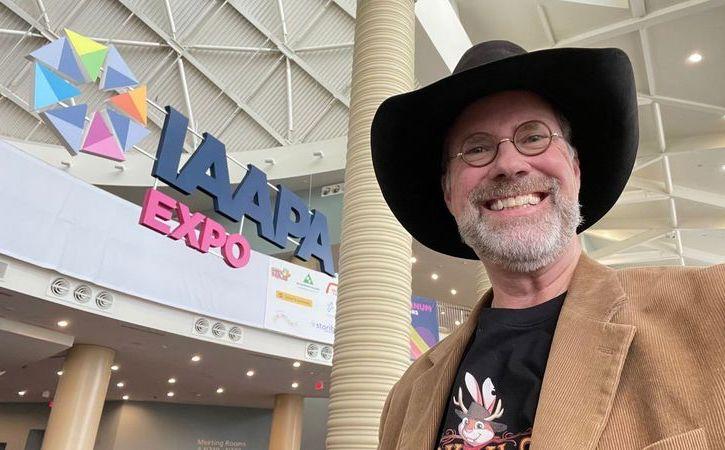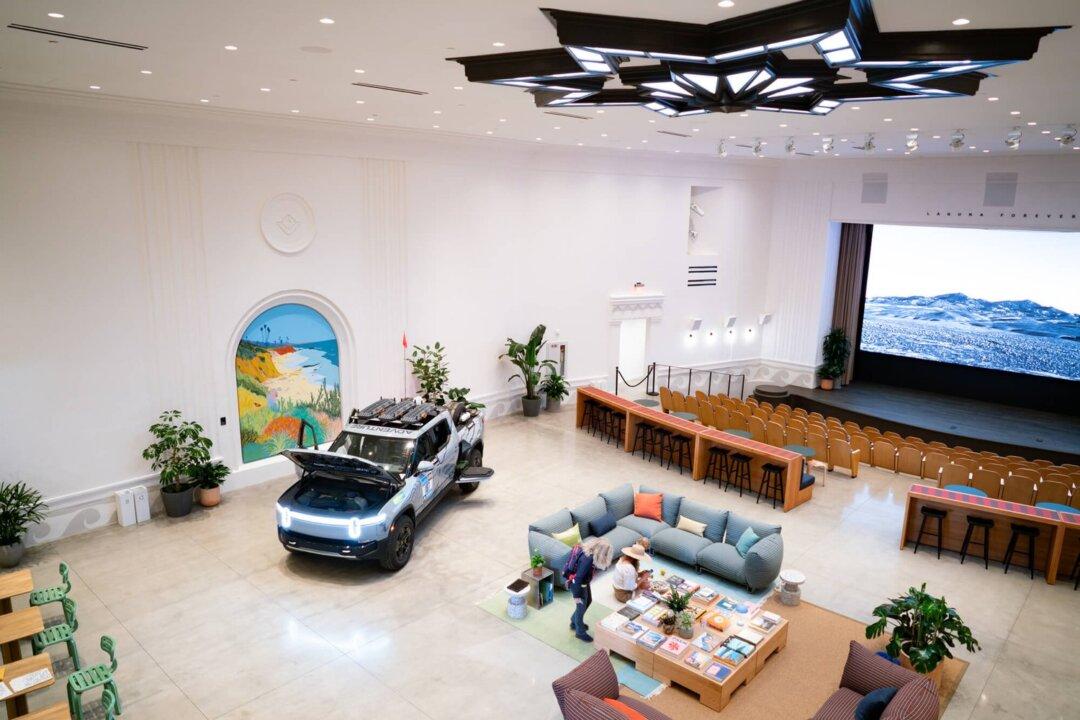A bill moving through the state legislature would make major changes to zoning requirements in local neighborhoods, allowing multiple residential units within single-family housing lots.
In December 2020, District 39 Sen. Toni Atkins introduced Senate Bill 9 (SB 9), which “declares that ensuring access to affordable housing is a matter of statewide concern and not a municipal affair,” according to the bill.





